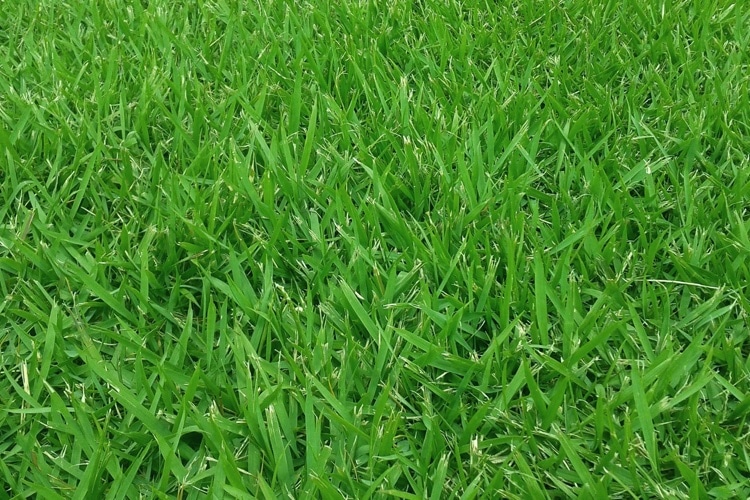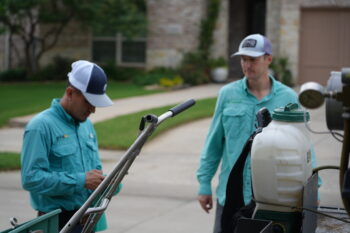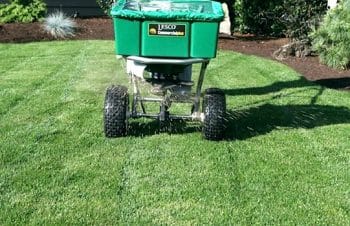Zoysia grass is a popular choice for homeowners who desire a lush, green lawn that withstands heavy foot traffic and adapts to various soil conditions. However, despite its resilience, there may come a time when you notice your once vibrant zoysia grass starting to die off.
Understanding the possible causes behind the decline of zoysia grass will help you take the necessary steps to revive your lawn and prevent further damage.
Common Zoysia Grass Problems
- Insufficient watering
- Compacted Soil
- Improper pH levels
- Nutrient deficiencies
- Insect infestation
- Disease
- Weed Competition
Insufficient Watering
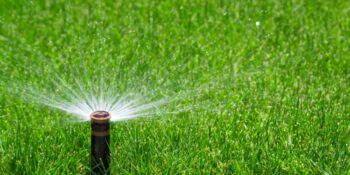
One of the most common reasons for zoysia grass decline is insufficient watering. While zoysia is relatively drought-tolerant, it still requires regular watering, especially during periods of extended heat or water restrictions.
Inadequate watering results in the grass turning brown and appearing dry and lifeless. To remedy this, ensure your lawn receives about 1 inch of water per week, either through rainfall or irrigation.
Contact us for a lawn irrigation service and we’ll make sure your system is functioning efficiently.
Compacted Soil
Compacted soil restricts the movement of water, air, and nutrients to the grass roots. Over time, this leads to the decline of zoysia grass. Heavy foot traffic, improper soil preparation, and mowing when the soil is wet are common causes of soil compaction.
To alleviate this issue, consider aerating the lawn to improve soil drainage and allow the roots to access the necessary oxygen and nutrients. We offer a superb lawn aeration service.
Improper pH Levels
Zoysia grass thrives in slightly acidic soil with a pH range of 6.0 to 7.0. If your soil pH is too high or too low, it can adversely affect the health of the grass.
Soil pH can be adjusted by adding lime to raise pH if it is too low, or sulfur to lower pH if it is too high. Conduct a soil test to determine the pH level and apply the appropriate amendments based on the results.
Check out our soil rejuvenation service page for details on how we can improve your soil.
Nutrient Deficiencies
Zoysia grass requires adequate nutrients, including nitrogen, phosphorus, and potassium, to maintain its health and vibrant green color. Poor soil fertility or improper fertilization practices can lead to nutrient deficiencies, causing the grass to weaken and decline.
Consider using a slow-release, balanced fertilizer specifically formulated for zoysia grass and follow a regular fertilization schedule to provide the necessary nutrients.
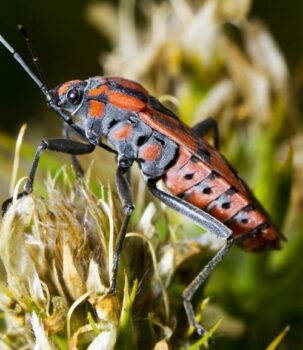
Insect Infestation
Certain insects, such as grubs, armyworms, and chinch bugs, can cause significant damage to zoysia grass by feeding on the root system or leaf blades.
If left untreated, these infestations can result in the death of large patches of grass. Regularly monitor your lawn for signs of insect activity, such as brown patches, sparse growth, or visible insects.
Contact a Ryno Lawn Care to identify the specific pests and recommend appropriate treatment options.
Disease
Zoysia grass is generally resistant to many common lawn diseases. However, it can still be susceptible to diseases such as large patch or brown patch fungus.
Overwatering, poor drainage, and excessive thatch buildup can create favorable conditions for these diseases to thrive. If you notice circular or irregular-shaped patches of brown or dead grass, seek professional advice to diagnose and treat the specific disease effectively.
Weed Competition
Weeds can outcompete zoysia grass for nutrients, water, and sunlight, leading to the decline of the grass. Ensure that you regularly inspect your lawn for weed growth and implement proper weed control measures.
Pulling weeds by hand, using herbicides labeled for zoysia grass, and maintaining a healthy lawn through proper watering and fertilization can help suppress weed growth and allow the zoysia grass to thrive.
Wrapping Up
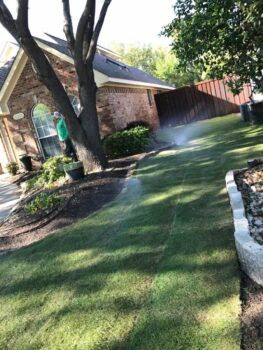
Identifying the reasons behind a declining zoysia grass lawn is the first step towards making the necessary adjustments and revitalizing its health.
Regular maintenance practices, including proper watering, fertilization, aeration, and pest control, are key to ensuring the long-term success and beauty of your zoysia lawn.
If you need assistance in reviving your zoysia grass or maintaining its health, consider consulting a professional lawn care service like Ryno Lawn Care to provide expert guidance and tailored solutions.

